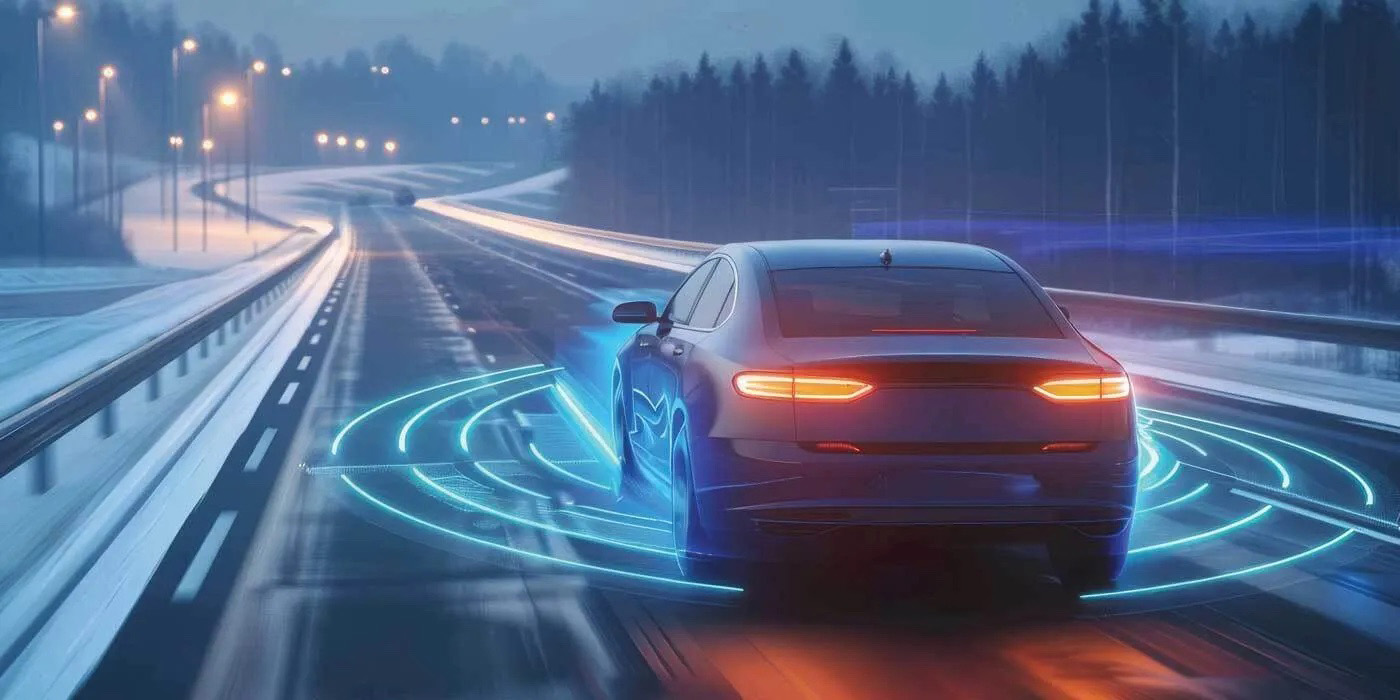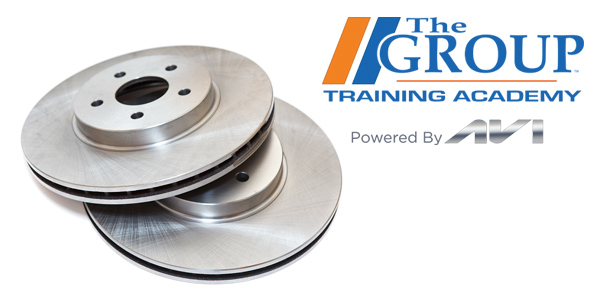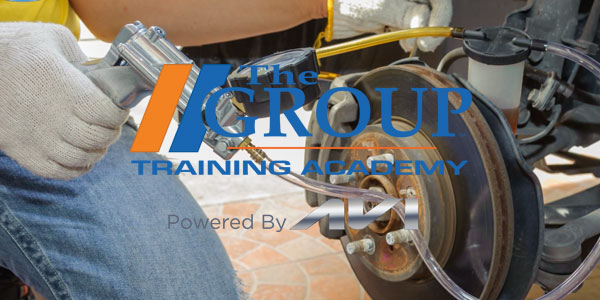Why are some rotors more expensive than others?
A. Rotors are usually cast out of gray cast iron. The quality and purity of the alloy used to make the rotors and the controls over the casting process determine the strength, wear and friction characteristics of the rotor. Cheap imported rotors are usually made from recycled iron that contains various impurities.
If the metallurgy of the iron is not carefully controlled when it is melted and poured into the mold, the rotor may end up with hard spots, soft spots, pits and inclusions that create internal stresses in the metal.
You can’t see many of these defects with the naked eye, but they are there and may cause problems down the road (such as cracking, uneven wear and brake pedal pulsations).
The casting process itself must also be carefully controlled to achieve the best metallurgy in the rotor. If the
rotors are not allowed to cool slowly and are yanked out of the mold too quickly, it will have an adverse effect on the microstructure of the metal.
The rotors may not have the right hardness, which will affect wear and friction characteristics. The rotor may have residual stresses that can lead to uneven wear and pedal pulsations later. Noise can even be an issue with some of these rotors, too.
Most rotors are sand cast, and core shifts can leave the face of one rotor thicker than the other. This may lead to cooling problems, uneven wear or warpage on vehicles where the inner and outer pads are different. Core shifts during the casting process may also result in a slightly lopsided rotor that is out of balance.
Cheaply made rotors often have minimal quality control measures in place to assure consistent quality.
Another way some rotor suppliers cut costs is by reducing the number of cooling vanes between the rotors.
Or they may use a “one-size-fits-all” rotor rather than following the vane configuration of the OEM rotor. Changing the number and/or location of the cooling vanes may result in cooling and noise problems.
Another trick that’s used to cut costs is to reduce the thickness of the rotor faces so less iron is required in the casting. These “thin” rotors can’t take the heat like a rotor of normal thickness, so there is an increased risk of brake fade, uneven wear and cracking.
Top-quality, name-brand premium rotors cost more, but your customer gets what they pay for. Premium rotors meet or exceed all OEM requirements and deliver like-new braking performance. They use a higher grade of cast iron, and some use a special vacuum degassing process to assure the best possible casting. The cooling of the rotors is also carefully controlled during manufacturing to assure the best temper and uniform hardness. Most premium rotors also have the same cooling vane configuration as the OEM rotors they replace.
Q. Is it safe to reuse a cracked rotor?
A. It depends on the size, number and location of the cracks. The only cracks that can be tolerated are small, surface cracks or heat checking on the faces of the rotor. If the cracks are shallow enough to be machined away when the rotor is turned, the rotor should be okay to reuse.











